Selecting the Perfect Plants for Every Light Condition
Choosing suitable plants for different light conditions is essential for ensuring their health, vitality, and overall success in your garden or indoor space. Whether you have areas with full sun, partial shade, or low light, there are plants that thrive in each environment. By understanding the light requirements of various plant species, you can create a diverse and thriving garden that showcases a range of beautiful foliage and blooms. Here’s how to select the perfect plants for different light conditions:
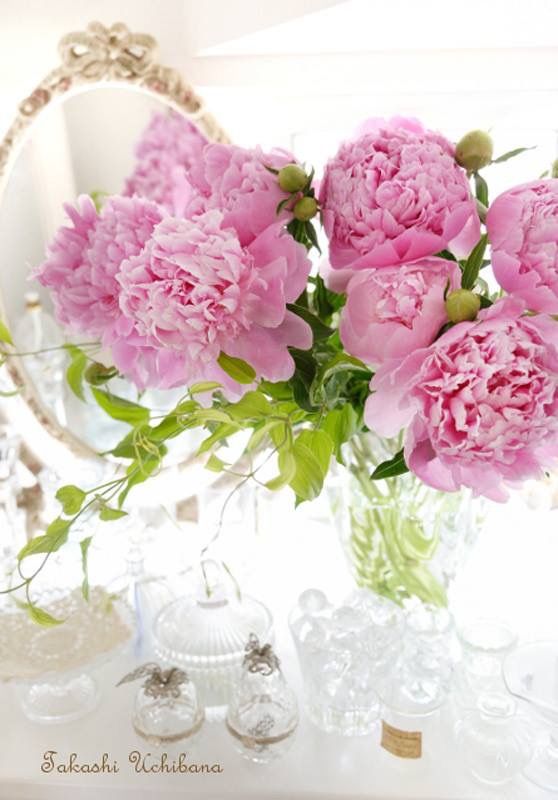
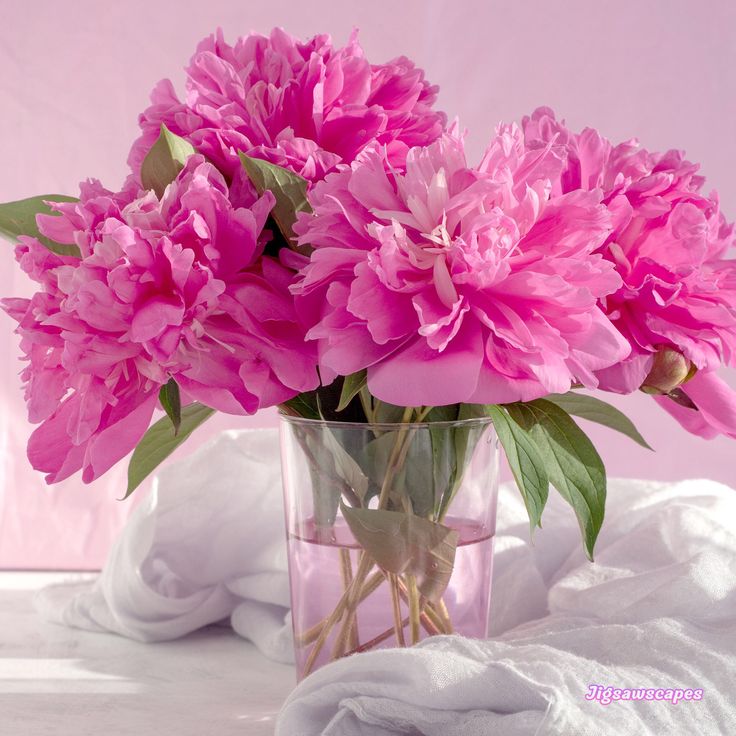
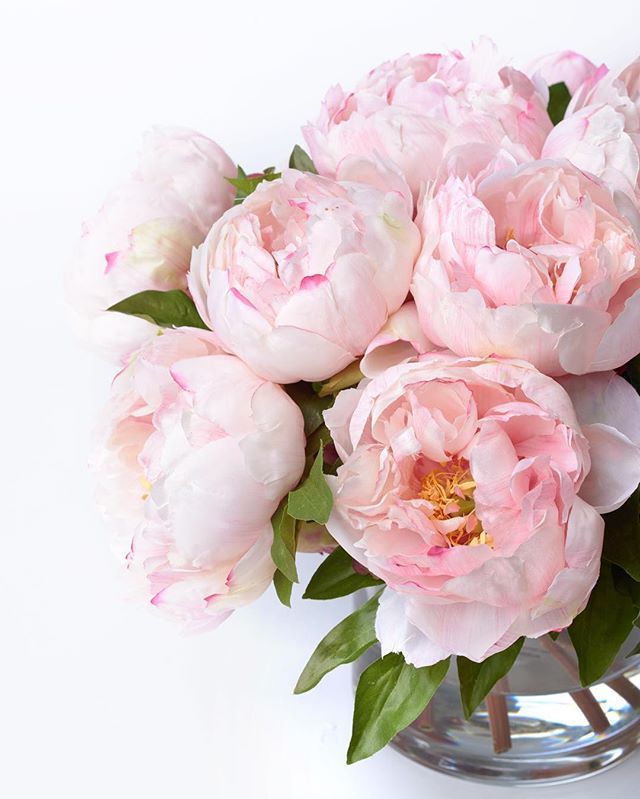
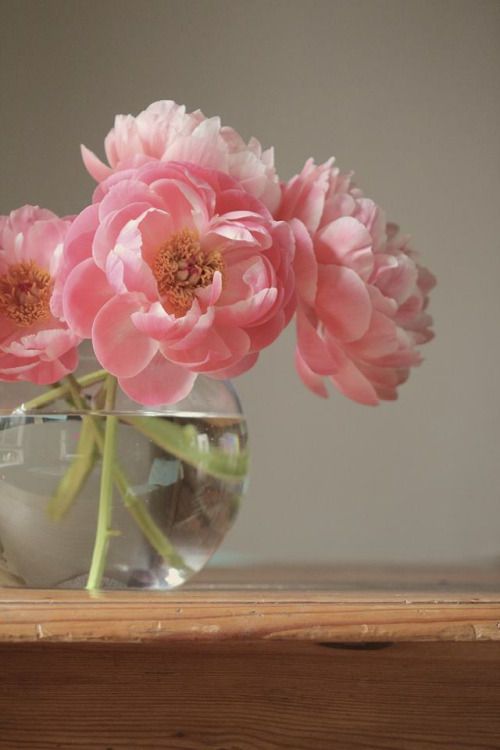
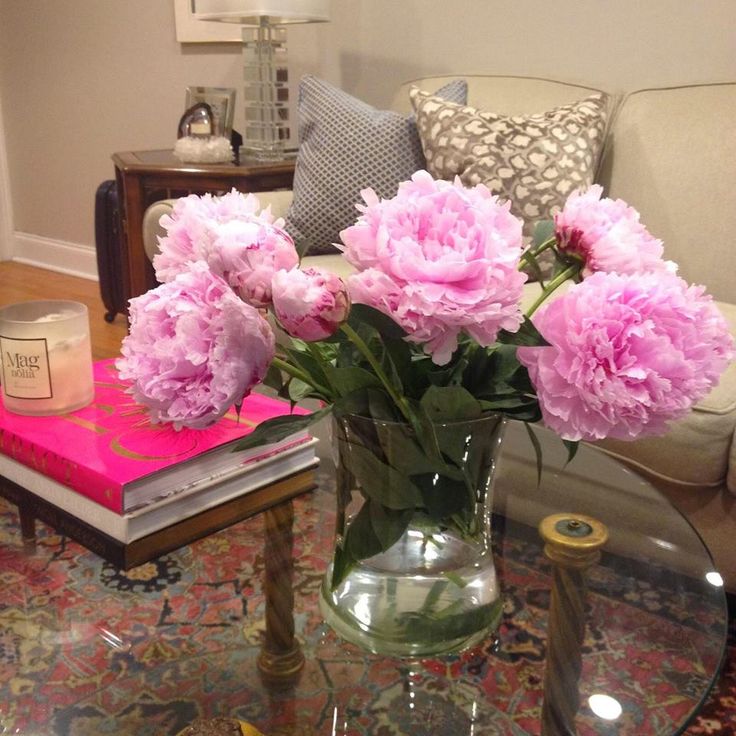
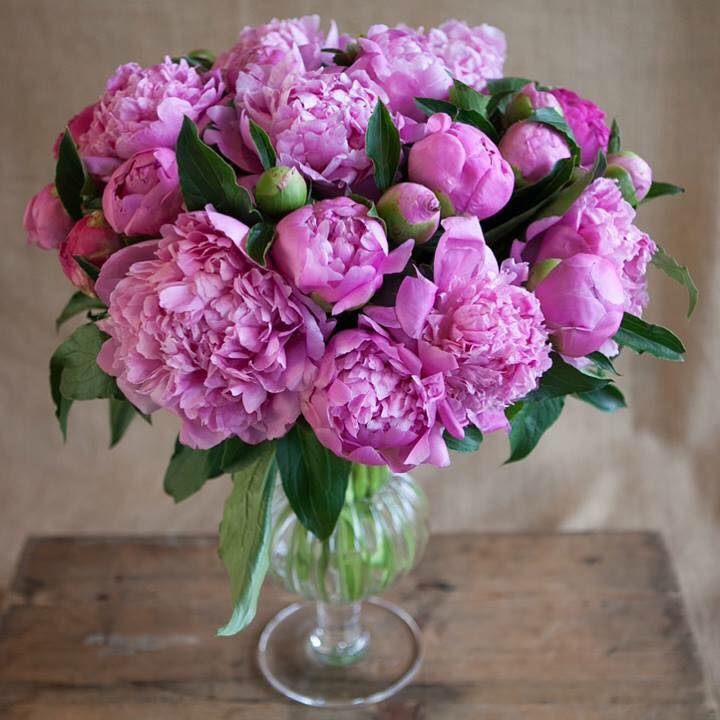
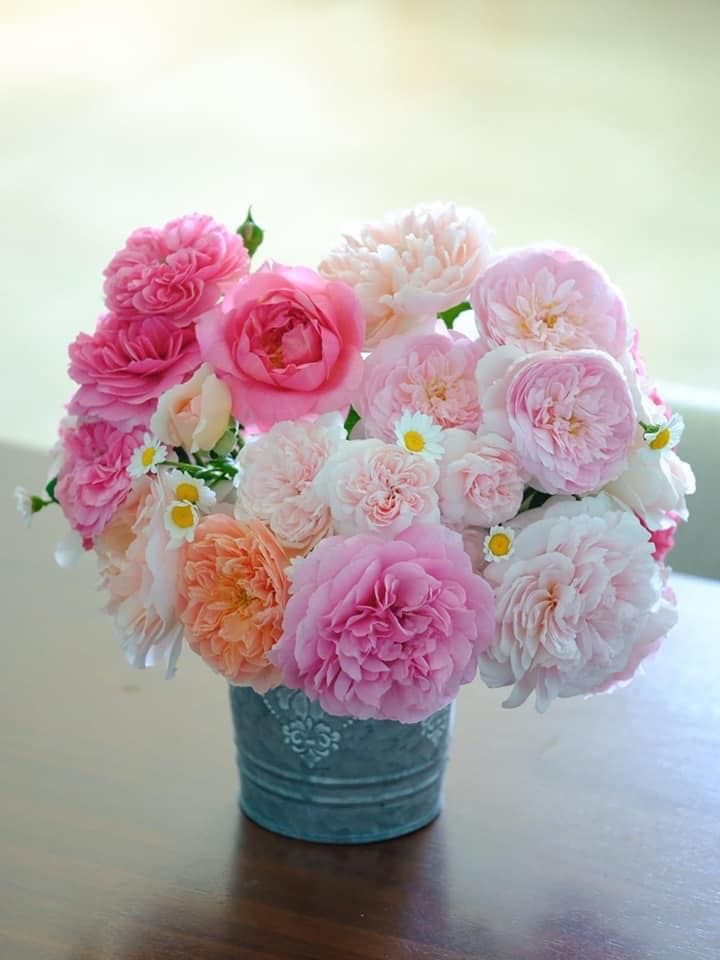

1. Full Sun (6-8 Hours of Direct Sunlight)
- Sun-Loving Plants: Opt for plants that thrive in full sun conditions, receiving 6-8 hours of direct sunlight per day.
- Examples: Sunflowers, lavender, rosemary, marigolds, zinnias, succulents, and herbs like basil and oregano.
- Characteristics: These plants typically have thick, waxy leaves or drought-tolerant adaptations to withstand intense sunlight and heat.
- Considerations: Ensure adequate soil moisture and provide mulch to conserve moisture and regulate soil temperature. Water deeply and regularly, especially during hot weather, to prevent drought stress.
2. Partial Shade (4-6 Hours of Indirect Sunlight)
- Shade-Tolerant Plants: Choose plants that thrive in partially shaded areas with dappled sunlight or filtered light.
- Examples: Hostas, ferns, impatiens, begonias, coleus, astilbe, and certain varieties of hydrangeas and azaleas.
- Characteristics: These plants prefer moderate light levels and may suffer from leaf scorch or wilting if exposed to direct sunlight for extended periods.
- Considerations: Provide adequate moisture and ensure well-draining soil to prevent waterlogged conditions. Mulch around plants to retain soil moisture and suppress weeds.
3. Full Shade (Less Than 4 Hours of Direct Sunlight)
- Shade-Loving Plants: Select plants adapted to low-light conditions and shade, thriving in areas with minimal direct sunlight.
- Examples: Hostas, ferns, coral bells, bleeding hearts, foxgloves, caladiums, and certain types of mosses and ferns.
- Characteristics: These plants have adapted to thrive in low-light environments, often featuring larger, broader leaves to maximize light capture.
- Considerations: Ensure adequate air circulation and avoid overcrowding plants to reduce the risk of fungal diseases. Water plants consistently to maintain soil moisture levels, as they may dry out more slowly in shaded areas.
4. Indoor Low Light Conditions
- Low-Light Houseplants: Choose houseplants that can thrive in indoor environments with minimal natural light, such as north-facing windows or interior spaces.
- Examples: Snake plants, pothos, peace lilies, ZZ plants, philodendrons, spider plants, and certain varieties of ferns and palms.
- Characteristics: These plants have adapted to low-light conditions and require less frequent watering compared to plants in brighter locations.
- Considerations: Rotate indoor plants periodically to promote balanced growth and prevent leaning towards light sources. Monitor soil moisture and adjust watering frequency based on indoor humidity levels and seasonal changes.
Conclusion
By selecting suitable plants for different light conditions, you can create a vibrant and harmonious garden that thrives in every corner of your outdoor or indoor space. Whether you’re designing a sun-drenched flower bed, a shaded woodland garden, or a collection of low-light houseplants, understanding the light requirements of your chosen plants is key to their long-term health and success. With careful planning and thoughtful selection, you can enjoy a diverse array of plants that flourish in every light condition, enhancing the beauty and vitality of your garden or living space.
FAQs (Frequently Asked Questions)
- How can I determine the light conditions in my garden or indoor space?
- Monitor the amount of sunlight received throughout the day in different areas using a sunlight meter or by observing shadow patterns. Note the duration and intensity of sunlight to assess light conditions accurately.
- What if I have areas with variable light conditions?
- Choose plants with adaptable light requirements or create microclimates within your garden by strategically placing plants to take advantage of available sunlight or shade. Experiment with different plant combinations to find the best fit for each area.